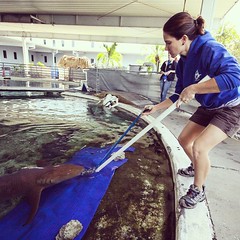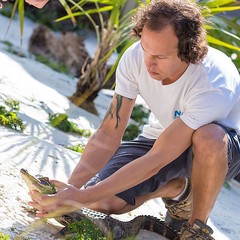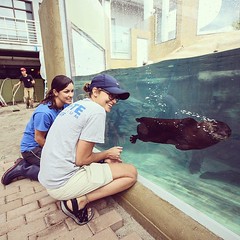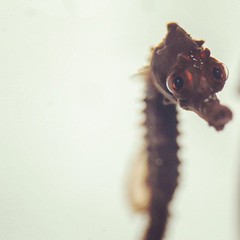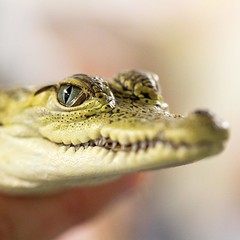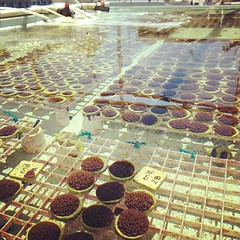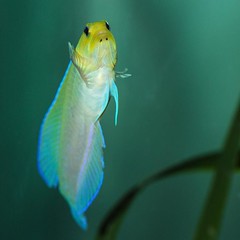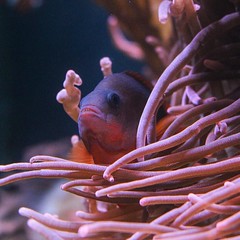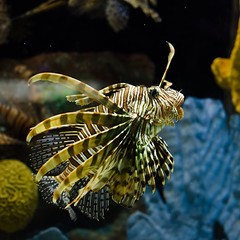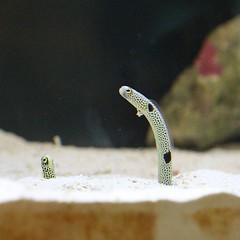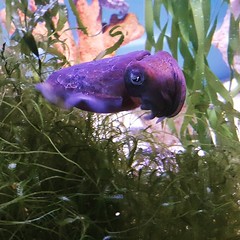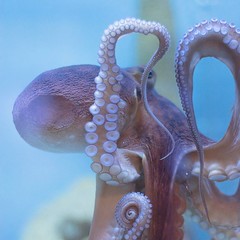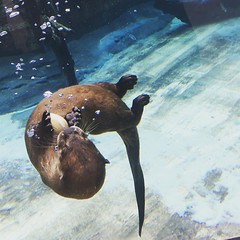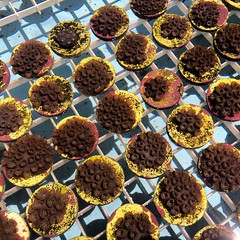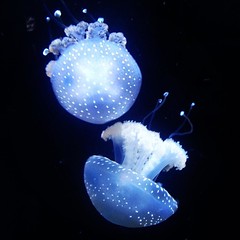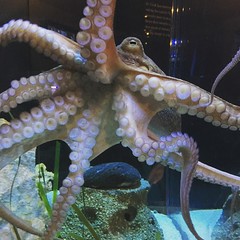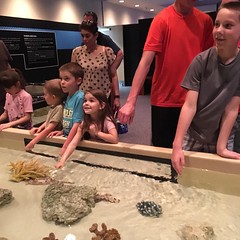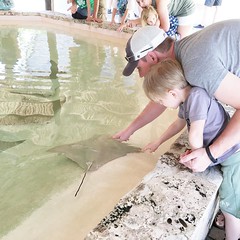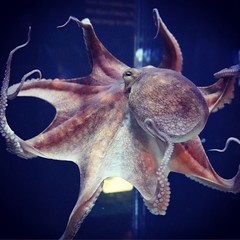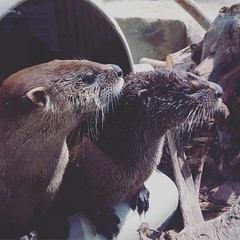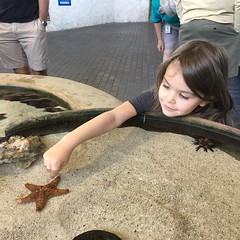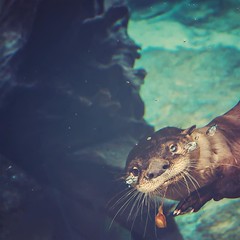1600 Ken Thompson Parkway
Sarasota, FL 34236
Ph: (941) 388-4441
Hours: 10AM - 5PM
A 501(c)3 nonprofit organization.
Gulliver
Atlantic bottlenose dolphin (Tursiops truncatus)
(MML 9703, FB 812)
| Age Class | Adult |
| Gender | Male |
| Date Stranded | January 29, 1997 |
| Location of Stranding | Crescent Beach, near St. Augustine, FL |
| Date of Arrival | March 8, 1997 |
| Number of Days of Care | 111 total (39 Marineland + 72 MML) |
Final Disposition
Released on 20 May 1997

 Gulliver stranded for unknown reasons (elevated liver values and leukocytosis) and was taken to Marineland for rehab. He was placed on prophylactic antibiotics and ulcer medication. The dolphin soon began eating and swimming, but often remained motionless at the surface between feeds. It was thought that recovery would be enhanced in a larger pool so Gulliver was transferred to MML by Marineland staff on Day 39. Pulmonary disease and a urinary tract infection was subsequently diagnosed and treated. His behavior of resting at the surface between feeds continued. On 9 April (Day 70) Gulliver was moved from the isolation pool to the rehab lagoon in an effort to stimulate more active swimming. No change in behavior was noted, but he did respond well to fish thrown around the lagoon. The pulmonary and urinary tract diseases resolved with antibiotics, and the dolphin was released ~35 miles east of Port Canaveral, having been off all medication for nearly a month. He was tracked by satellite transmitter for 47 days and had moved to an area near the eastern Caribbean island of Barbuda in that time.
Gulliver stranded for unknown reasons (elevated liver values and leukocytosis) and was taken to Marineland for rehab. He was placed on prophylactic antibiotics and ulcer medication. The dolphin soon began eating and swimming, but often remained motionless at the surface between feeds. It was thought that recovery would be enhanced in a larger pool so Gulliver was transferred to MML by Marineland staff on Day 39. Pulmonary disease and a urinary tract infection was subsequently diagnosed and treated. His behavior of resting at the surface between feeds continued. On 9 April (Day 70) Gulliver was moved from the isolation pool to the rehab lagoon in an effort to stimulate more active swimming. No change in behavior was noted, but he did respond well to fish thrown around the lagoon. The pulmonary and urinary tract diseases resolved with antibiotics, and the dolphin was released ~35 miles east of Port Canaveral, having been off all medication for nearly a month. He was tracked by satellite transmitter for 47 days and had moved to an area near the eastern Caribbean island of Barbuda in that time.

Followup:
Tracked via radio and satellite tags
Lessons:
1- Offshore species may find even our 200,000 gal lagoon "too small" to merit normal swimming/diving behavior. A to B targeting useful to promote muscular conditioning.
Publication:
Wells, R. S., H. L. Rhinehart, P. Cunningham, J. Whaley, M. Baran, C. Koberna, and D. P. Costa. "Long distance offshore movements of bottlenose dolphins." Marine Mammal Science., Vol. 15, No. 4, October 1999. Pp 1098-1114.
